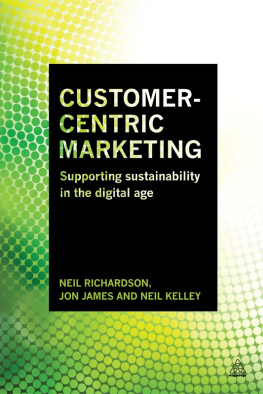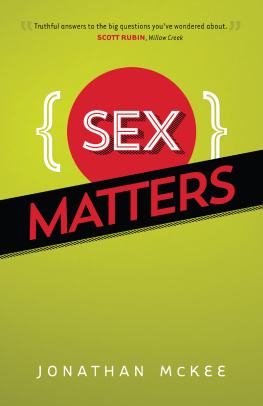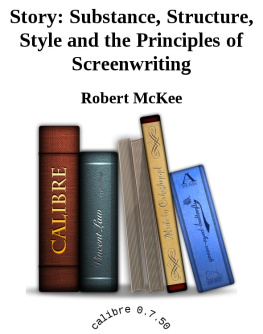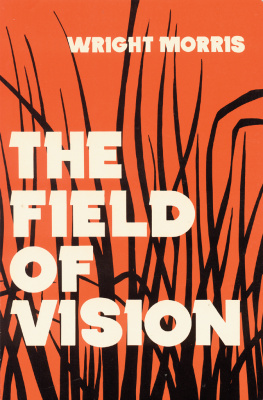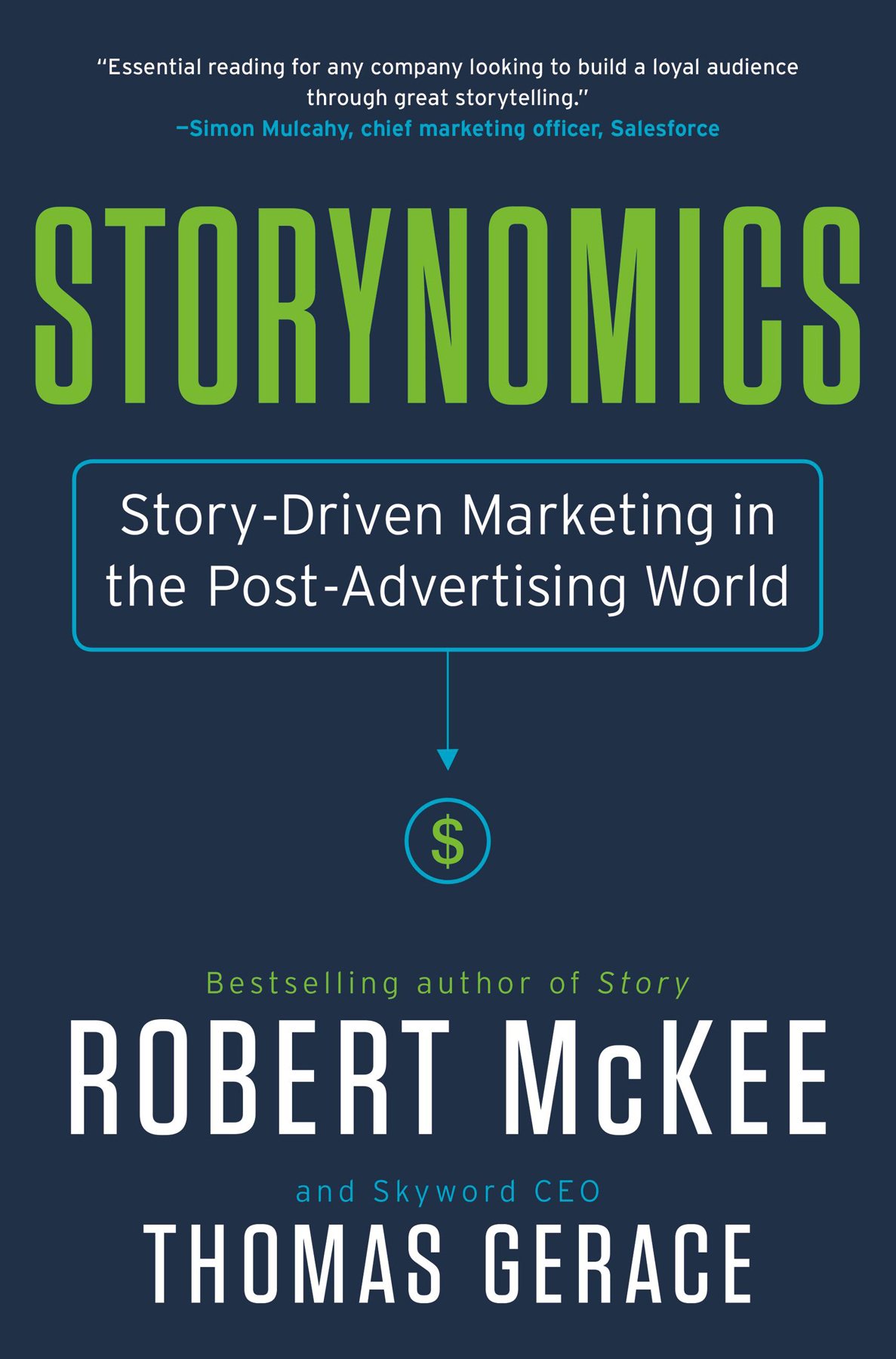To Mia, Her love gives all things meaning.
Robert McKee
To my parents, Ann Jones Gerace and Samuel Philip Gerace, who taught me to love a good story.
Tom Gerace
We offer special thanks to Mia Kim for her inspired and tireless leadership of the entire Storynomics enterprise. We would still be outlining if Mia had not kept us on task.
We are grateful to Linda Boff of GE, Raja Rajamannar of Mastercard, Caleb Barlow of IBM, Jeanniey Mullen of Mercer, Natalie Malaszenko of Overstock, David Beebe of Marriott, and Patrick Davis of Davis Brand Capital who graciously shared their time and wisdom with us.
We owe thanks too to Tricia Travaline, Genevieve Colton, Adam Vavrek, Ruben Sanchez, and Dara Cohen who have done heavy lifting to make the Storynomics enterprise a success. We are grateful to Marcia Friedman and Tom Hardej, who edited our early copy and helped ensure consistency of voice, and to Carl Rosendorf, Ann Gerace, Darryl Gehly, Dan Baptiste, Rob Murray, Caleb Gonsalves, Lauren Meyer, Michael Gowen, Kent Lawson, Bob Dekoch, Jim Rossmeissi, and others at Skyword, Boldt, and beyond, who read early drafts of the book and provided invaluable feedback along the way. And we thank Jim Manzi, for his unwavering support and belief in the power of story to drive change.
I will hazard a prediction. When you are 80 years old and in a quiet moment of reflection, narrating for only yourself the most personal version of your lifes story, the telling that will be most compact and meaningful will be the series of choices you have made. In the end, we are our choices.
Jeff Bezos, 2010 Princeton Commencement Address
Look around. Its happening. In ever-escalating millions, consumers are cutting the barbed wire of ad-imprisoned media and disappearing into a forest of paid subscriptions and ad blockers. No use searching for these people. Theyre gone and theyre never coming back.
Now look ahead. Before long, all public and private communicationentertainment, news, music, sports, social media, online searcheswill be ad-free, leaving sides of buses as the publicity medium of last resort.
Millennials, that vital under-forty market, are not only banishing advertising from their lives but sneering at the institution itself, denouncing its bragging and promising as deceitful, manipulative, the next thing to micro-aggression. In fact, a recent study revealed that over the past five years, television viewing by people under forty dropped 30 percent, while ad-free over-the-top services like Netflix skyrocketed.
This massive consumer exit and the resulting drop in ad revenue has tossed umpteen media firmsTribune Media, 21st Century Media, SBC Media, Relativity Media, Cumulus Media, Next Media, Citadel Broadcasting, the Sun-Times, Borders,
In 2015, 76 percent of marketers surveyed by Adobe claimed that marketing had changed more in the last two years than it had in all the decades since the birth of television. Many chief marketing officers swear they will never again trust advertising to deliver customers. Some CMOs condemn ad agencies for wasting time and money trying to be Super Bowlcreative instead of market-effective. Others blame the noise from free online ads that drowns out their paid ads. Still others complain that falling return on investment (ROI) and rising costs make advertising just too damn expensive. Of course, if advertising suddenly redelivered the mass consumers of decades past, all would be forgiven.
The more the push strategies of bragging and promising lose traction, the more marketers turn to the pull tactics of effective storytelling. To support their efforts, the Harvard Business Review has published dozens of articles on the persuasive power of story for both leadership and branding, a myriad of TED talks have championed the neuroscience behind storified messaging, and how-to writers have poured out dozens upon dozens of story-in-business manuals that could fill a wall at Barnes & Noble.
But despite published enthusiasm, boardroom misgivings about the nature and use of story run as wide and deep as ever. Now and then, an inspired campaign uses story to effect (for instance, the Whats the Matter with Owen? campaign by GE, Misunderstood by Apple, or Click, Baby, Click! by Adobe),true not only for the marketing arms of most companies, but also for the PR and ad agencies that service them. The dream of story-driven commerce is still a dream. With Storynomics, we intend to turn this dream into reality.
, Marketing, A Story of Deception, traces the problem back beyond advertising to the taproot of marketing logic.
, The Purpose-Told Story, takes the reader through the step-by-step process for designing the ideal marketing story.
, -Nomics, demonstrates how marketers can directly measure the value of their storytelling and compare its efficacy with that of traditional advertising.
The conclusion, Tomorrow, looks forward, forecasting the impact of new and upcoming technological change on the use of storytelling in marketing. We examine how the impact of story will continue to grow, and our ability to create immersive experiences will take a leap forward, while essential story form remains the same.


